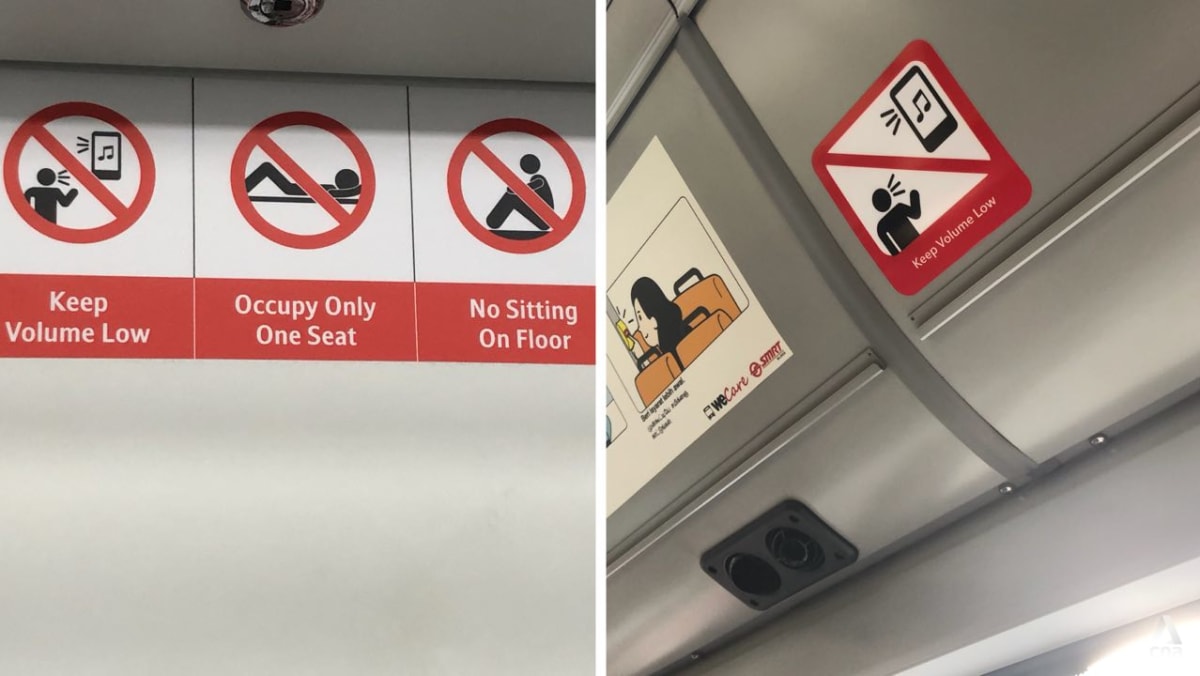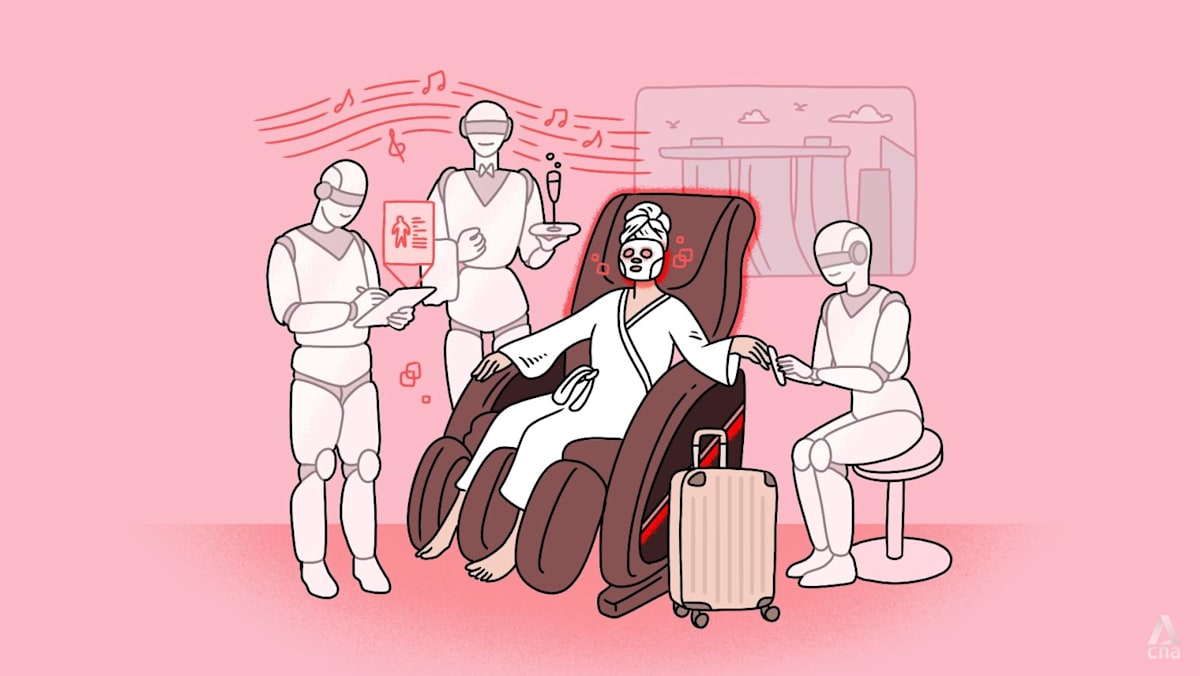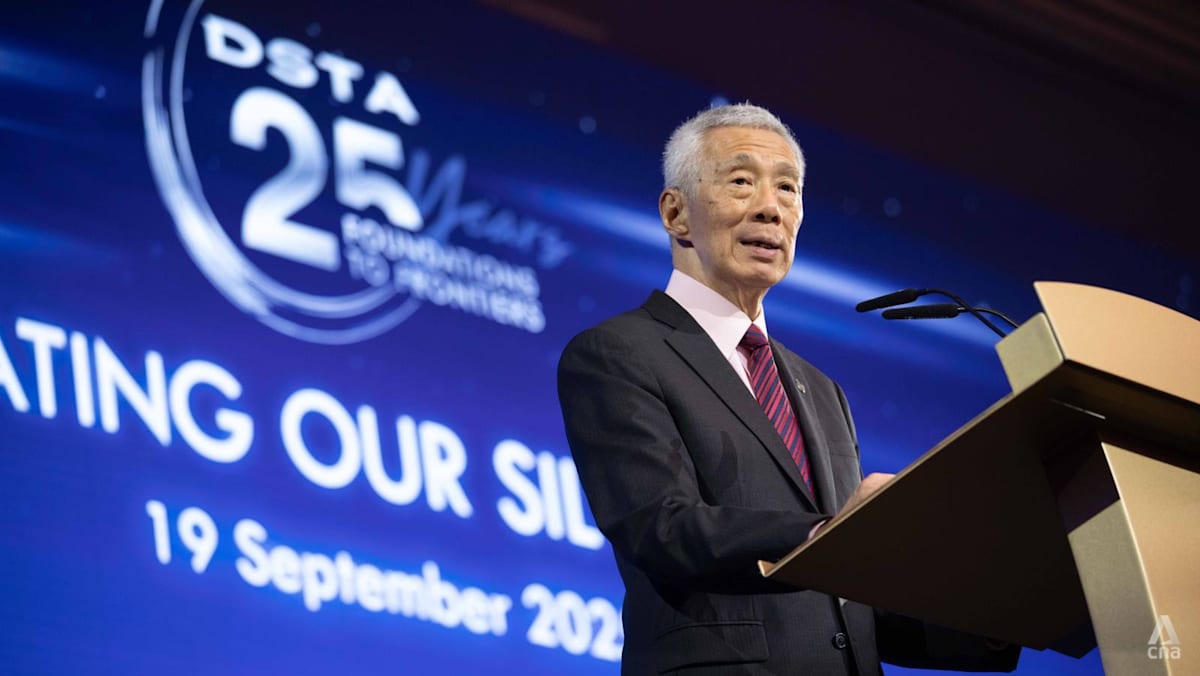QUIETER JOURNEYS FOR SOME, NO CHANGE FOR OTHERS
Despite increased enforcement, commuter feedback on the effectiveness of the signage remains mixed.
Of the six commuters CNA interviewed, only one recalled noticing the new signs. However, several said their journeys had become noticeably quieter.
Retiree Kamaria K, 64, described a stark difference in noise levels compared to when she was working full-time as a shipping executive about two years ago.
It used to be noisy during her trips from Yew Tee to her workplace in Paya Lebar, she said. “But now, it’s very quiet,” said Madam Kamaria, who takes the train about two to three times a week to attend religious classes.
Administrative executive Jenny Yeo, 66, also said she has not encountered loud phone conversations during her daily commute on the MRT or the bus. However, she acknowledged this could be because her journey is short.
Other commuters were less positive.
A marketing specialist who wanted to be known only as Casey S said she comes across disruptive behaviour “almost 90 per cent of the time” during her 30-minute MRT commute between her home and workplace.
“Either they’re on their speakers or even watching dramas on the train without using their headphones,” she said.
Madam Noraizah Ashiraff, 44, who commutes by both train and bus, said noise levels tend to be higher during off-peak periods, mostly because of elderly commuters using their devices loudly.
The new signs are not “tremendously” effective, said the 44-year-old administrative executive. “To change Singaporeans’ mindset in one shot, I don’t think it’s so useful. It will take a while to educate.”
None of the commuters recalled seeing passengers occupy more than one seat. However, several said students often sit on the floor of trains – but many were sympathetic to this, saying that the students may have been tired from long commutes.














